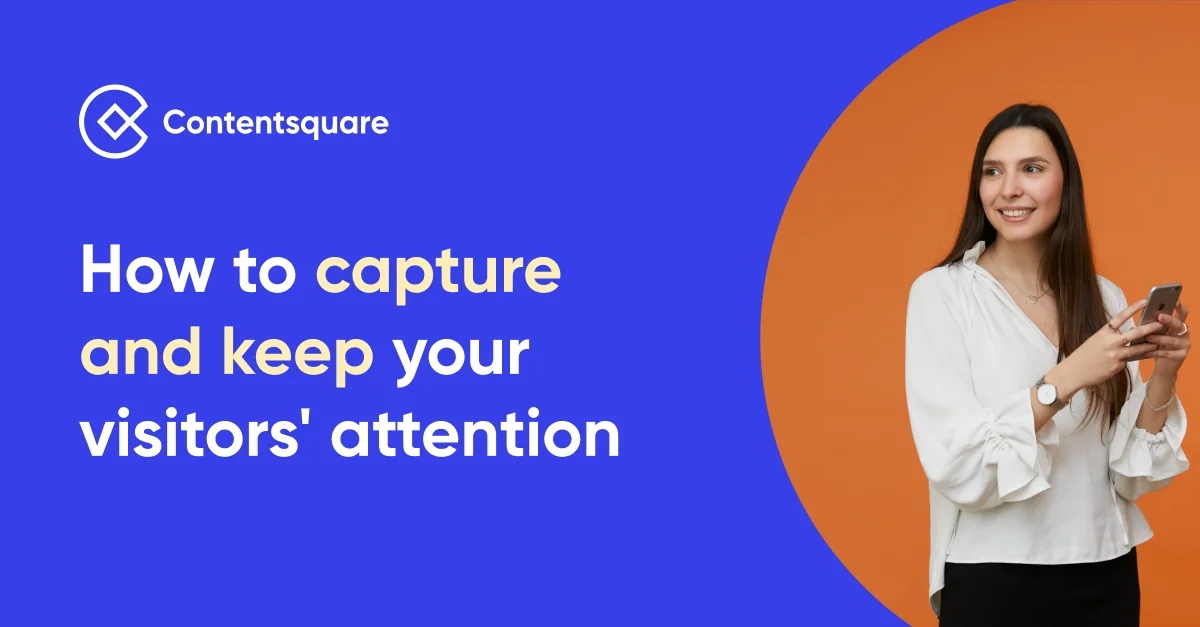Digital Luxury Shopping – Unique User Experiences for Unique Brands – es

When it comes to luxury shopping online, consumers appear to need less convincing than their e-commerce counterparts. Because while online conversion rates are 2 to 3 times lower than those for mainstream retail, Luxury visitors are more likely to convert on the first visit.
Luxury brand sites also remain mobile-dominant, with more than 2/3 of visitors coming from mobile sources. This outpaces the average e-commerce site, which has 50% mobile traffic.
Digitizing the luxury shopping experience
When we think of Luxury brands, we think of status and style – and it is no different online. Digital customers want seamless journeys, of course, but they also expect brands to replicate the exclusivity and cachet of a label in their digital luxury shopping experiences.
DIGITAL CUSTOMERS WANT SEAMLESS JOURNEYS BUT THEY ALSO EXPECT BRANDS TO REPLICATE THE EXCLUSIVITY AND CACHET OF A LABEL IN THEIR DIGITAL LUXURY SHOPPING EXPERIENCES.
But how exactly do you reproduce the unique experience associated with a luxury brand on a mobile device, while still driving conversions like an e-commerce site? And what are these brands doing to cater to their compulsive, mobile-dependent shopping audience?
A ContentSquare study comparing the digital behavior of e-commerce and Luxury visitors shows that an average 15% of Luxury users view inspirational content on mobile and desktop. Category pages, on the other hand, perform particularly well on mobile devices – good news considering the mobile dependency of many of these consumers.
Our study also found that 13% of site visitors view more than 6 products during their first visit, versus only 5% for e-commerce – and this, despite spending considerably less time on each product than their e-commerce counterparts. In other words, digital Luxury consumers tend to become active, product-focused users during their very first visit.
And while a visitor session on mobile will generally last under 2 minutes, the content consumption remains high. Mobile users tend to flick through pages, and browse content 1.8 times faster than desktop users. To put it mildly, most mobile users are in a rush, easily distracted, yet crave content.
Where to include inspirational content
In an effort to streamline the user journey, some luxury brands have started to keep their branded content and e-commerce content separate. However, since many visitors head straight to category and product pages, it would make sense to integrate inspirational content within these pages, and to astutely merge branding elements with effective purchasing elements.
And with a 50% chance that mobile users will leave a site after 5 seconds of loading time, a quick load time is crucial to ensuring continued engagement. In the words of Anne Lesueur, International e-commerce and media director at L’Occitane en Provence, “Less frustration, more pleasure – that is the key to effectiveness.”
THE KEY TO SUCCESS IS A HEALTH INSPIRATIONAL/E-COMMERCE RATIO THAT WILL BOTH CAPTIVATE STYLE-CONSCIOUS USERS AND FACILITATE THEIR PREFERRED PATHS TO CONVERSION.
The most successful Luxury brands have understood that the key to success is a healthy inspirational/e-commerce ratio that will both captivate style-conscious users and facilitate their preferred paths to conversion. Locating the pain points along the customer journey – whether that is a frustrating load time or ineffectual marketing on the category or product pages – will help teams develop friction-free experiences for their customers.
Next-gen, AI-powered analytics can help digital Luxury brands harness the power of their online presence, and devise unique and profitable digital journeys that also cultivate loyalty and following.



